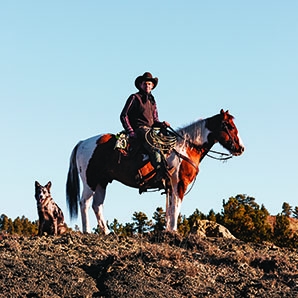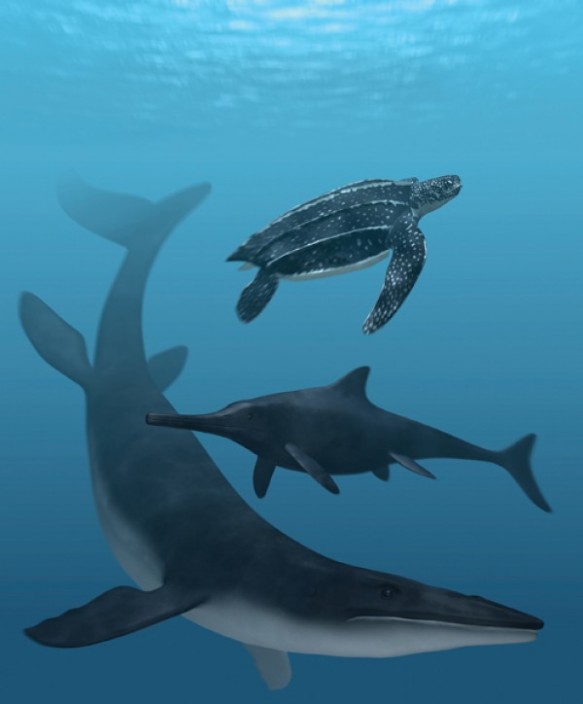
Yesterday, American Scott Kelly and Russian Mikhail Kornienko parachuted their Soyuz capsule back to Earth after 340 days on the International Space Station—a new NASA record. Spending almost a year in space is an early step in NASA’s longer term plan for sending astronauts to Mars. And that trip will take two and half years return—hell of a commute.
While orbiting in his tin can, Kelly experienced more than 10,000 sunrises and sunsets in less than a calendar year. He travelled more than 231 million kilometres.
Meanwhile back on Earth, his identical twin, Mark offered himself as a medical test subject so doctors can compare the effects of zero gravity, radiation, etc. on the two brothers.
Here’s to putting boots on mars in our lifetime!
BTW—apparently NASA is looking for volunteers for more 1 year missions.









